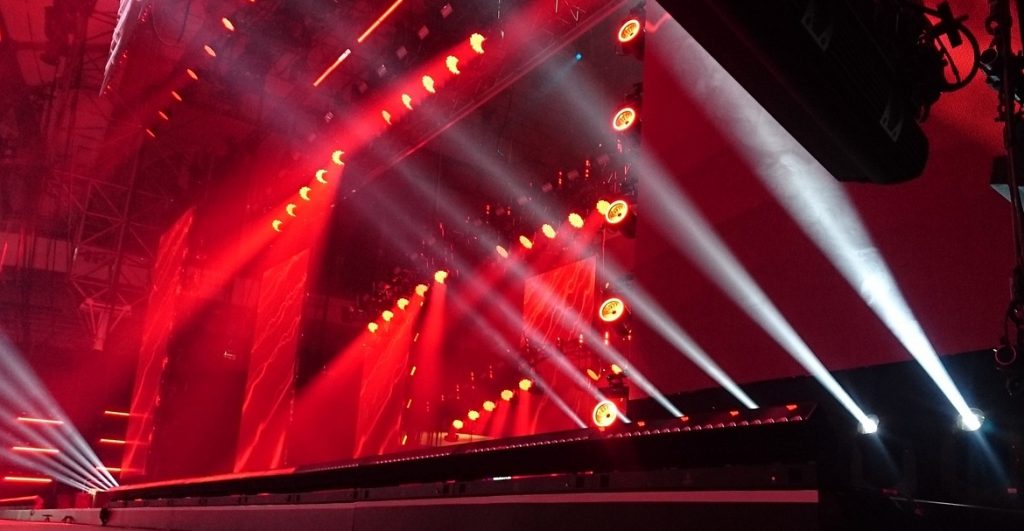
- Selective visibility and focused attention: In the theater, we often describe the function of lighting as “showing the audience only what we want them to see.” We highlight what we want the audience to see while leaving other parts in the dark. Therefore, selective visibility is achieved through lighting that illuminates the stage area and characters in a hierarchical and selective way. Lighting is like a spotlight that guides the audience to the focal point of the performance.
- Presenting the established spatiotemporal condition: In some scenes, there are already suggested or implied conditions related to time and space. For example, a scene may take place on a specific date and time, setting the parameters that lighting designers can follow to determine the direction and color of light sources, such as creating the effect of afternoon sunshine, winter morning, or autumn leaves.
- Color the stage picture to set the atmosphere: The stage space is like a canvas, and without lighting, the stage, set, and costume are invisible. Therefore, lighting is the tool, brush, and paint used by directors and designers to gradually color the stage picture. This has a dual meaning: one is to present the original colors of set and costume, and the other is to use the color of lighting itself to create a certain atmosphere and effect on stage. For example, colored lights are often divided into warm and cold colors. The former is mainly in the blue range, while the latter is more yellow or red, each of which can create completely different sensations and feelings. This basic feeling and atmosphere help actors perform and stage action, which is the effect brought by stage lighting.
- Shape space and form: Stage lighting can clearly cut the stage space, dividing it into different performance areas and layers such as background, middle ground, and foreground, and presenting the depth of the stage, achieving a complete visual effect. In addition, for different theater forms, the use of space is also an important role played by lighting.
